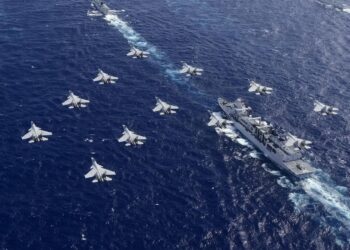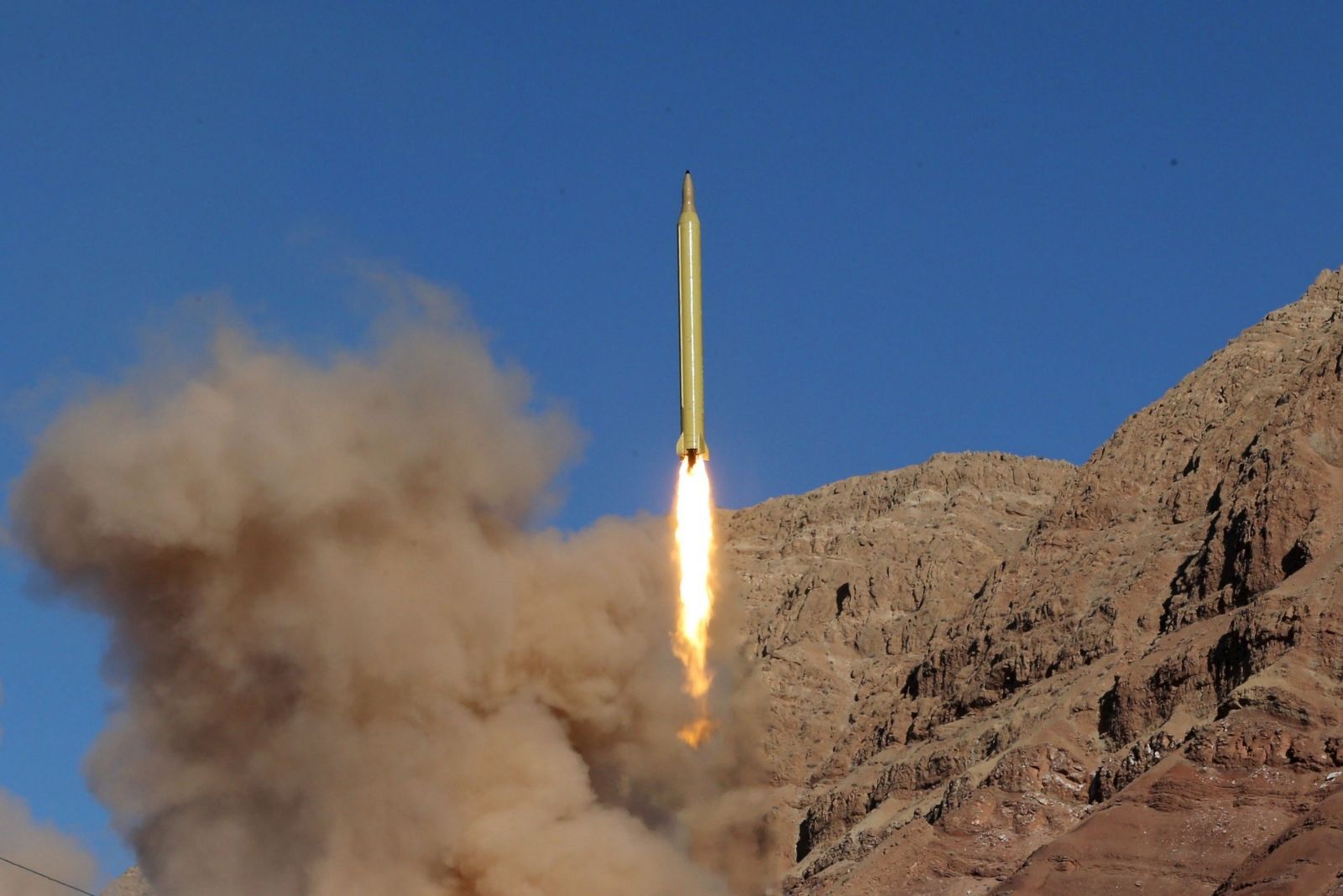Voice of America News, WASHINGTON: The Pentagon says last Friday a missile launched from Vandenberg Air Force Base in California flew over the Pacific Ocean and destroyed a target missile launched 24 minutes earlier from Kodiak Island, Alaska.
The test was designed to emulate an attack from a country like North Korea on the United States. The system is designed to defend the country against a long-range ballistic missile that could be used to attack an American city with a weapon of mass destruction.
The director of the Pentagon's Missile Defense Agency, Lieutenant General Henry Obering, says being able to track and target individual missiles is critical to the defense of the country.
“We have seen this progression of missile technology in North Korea from the shorter range to the longer range and they have gotten better and better,” he said. “We don't know what their intent is. They describe a very hostile intent, so we have to pay attention to that. The same thing is true now in Iran. We see this progression from shorter range missiles to longer range missiles.”
To protect against missiles from Iran, the United States has proposed building a battery of 10 interceptor missiles in Poland and a radar system in the Czech Republic.
Russia strongly opposes the plan, and has suggested that a Soviet-era radar system in Azerbaijan could be used as an alternative.
General Obering says the successful test over the Pacific could boost the support of European governments that have been reluctant to embrace the missile defense proposal.
“I think it helps us in a very real way, because as I have had conversations with our European partners and allies and NATO partners in the past, one of the questions I do get asked is – well this system is not proven, it doesn't work, so why are you even worrying about this now,” she said. “I think this goes a long way to answering that question.”
Obering says the Pentagon will add counter-measures to the next test to see if the so-called kill vehicle can distinguish a missile from decoy objects in space.
Some outside experts doubt that the testing has been been realistic enough to validate the system, especially against warheads protected by even primitive counter-measures such as decoy balloons.
So far the missile defense system has cost about $100 billion, a price tag General Obering defends.
“If we have the ability to stop an attack on even one American city, we would have more than paid for this program many, many times over,” he said. “We think it is well worth that expenditure, especially as we move into an uncertain future in which, if these missiles continue to proliferate the way they have in the past, we don't know who is going to be able to get their hands on these weapons.”
Obering says since 2001 there have been six successful intercepts in nine tests of the long-range missile defense system.
The Bush administration has asked Congress for nearly $9 billion for the Missile Defense Agency in 2008, although Congress is expected to trim that request.
Taiwan detects 37 Chinese aircraft near island
Taiwan said it detected 37 Chinese fighter jets, drones and other aircraft near the self-ruled island on Sunday as Beijing...









